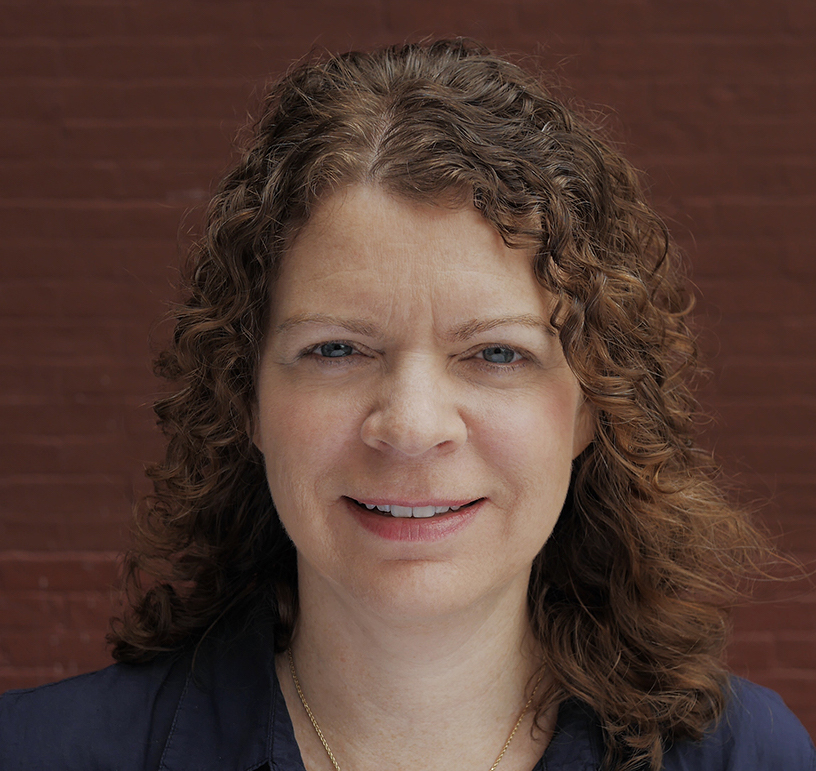
In his series "The Small Corners of Existence," photographer Robert Shults captured doorways, plazas, and other places he sought shelter during the months he was homeless
One sign of the growing precariousness of the housing market is the willingness of people working in the media business to open up about their own struggles. That may also reflect an era of more transparency about journalists’ lives—on social media, personal websites, and whatever pops up on Google. But first-person accounts about dealing with an underwater mortgage, an eviction, and being homeless inevitably reinforce the broader message about housing insecurity: This affects us, too.
“My editor said, ‘Let’s pitch a story about underwater houses 10 years later and we can use your story,’” Dezember recalls, adding that the challenge was “how to do it tastefully and not have me whining about being a victim.” Although he was uncomfortable with the idea at first, he realized that stories like his got overshadowed in coverage of foreclosures and the market’s recovery. “Here are my colleagues writing ‘the buyers are back’ and I’m thinking, ‘Wait, the guy who abandoned the house next to me could be buying a house and I’m still stuck?’”
Dezember covers the financial markets and real estate for The Wall Street Journal and now lives in Brooklyn, where there’s little talk of underwater mortgages, but he heard from many readers who have been in similar straits.
“I had hundreds of emails that required a thoughtful response because they were spilling out their own stories,” he says, noting that the experience gave him a better understanding of the risks of the real estate market and what it’s like to be a landlord. “In a lot of what I read there’s an assumption that the landlord is a bad person—sort of a ‘no one likes their boss’ thing. But I’m aware of the business and the ins and outs of it and that helps me in communicating with them.”
Like Dezember, Joseph Williams wanted to use his experience to tell a broader story: how a career setback can lead to eviction, even for someone who once had a stable, middle-class life. With support from the Economic Hardship Reporting Project, Williams wrote a story for Curbed called “Evictionland,” which describes his trajectory from renting a $2,000-a-month apartment in suburban Washington, D.C. to losing his job at Politico, getting evicted, and joining what he calls “the ranks of the homeless.”
It’s a candid account of his denial as he fell behind on the rent, dodged the property manager’s messages, and eventually ending up in housing court facing eviction—still thinking, “I’m middle class, with a white-collar career. I shouldn’t really be here.” But he also weaves in housing statistics, the history of the tenant advocacy movement, and quotes from sources explaining the systemic issues that have led to a life that’s a lot more precarious for many people.
“Writing about it was a bit of a catharsis for me, but I was also hoping to shine a light on a problem that’s not just happening among the poor,” Williams says. “It’s also encroaching on working class and middle-income people. One slip can happen and many of us would be on the street and I think that is not emphasized enough in coverage of housing.”
He is now working for U.S. News and World Report and renting a room in a shared home, after spending longer than he expected in the spare bedroom of a family he met through a friend from church. The way he describes being escorted out of his apartment by sheriff’s deputies, and the cheap black plastic bags the eviction company used to pack up his things, paint a vivid portrait of the shame and humiliation of the process, which doesn’t always get conveyed in stories about eviction.
One sign of the growing precarious- ness of the housing market is the willingness of people working in the media business to open up about their own struggles
“It was difficult to write and it was difficult to have people know what happened—and it’s very much needed I think,” Williams says, adding that he hopes stories like his “will not only engage more people but also prompt solutions more quickly.”
Robert Shults, a freelance photographer based in Austin, shared advice from his brief experience living on the streets in a Q&A for Photo District News titled: “A Formerly Homeless Photographer On How To (And Not To) Photograph Homeless People.” The interview addresses a range of topics, including issues of consent and how to portray homelessness in a way most people have not already seen.
“The major flaw that I see visually is primarily one of superficiality,” Shults says. “Because the imagery itself is so striking and so outside the norm presumably of the photographer’s experience there’s a tendency to not dig a lot deeper.”
During the months he was homeless in 2001, he said the hardest part for him was living entirely in public, which has made him sensitive to photographing vulnerable people without engaging them and asking permission first. For a project called “The Small Corners of Existence,” Shults went in a different direction, photographing the doorways, plazas, and other places he used to seek shelter. Although the black-and-white images evoke many themes about urban life, Shults says, “It was actually a way for me to cope with losing my job and this fear of being homeless again.”
He now does freelance work, publishing in outlets like The New York Times, The Intercept, and Wired, but finds himself wrestling with journalism debates about the line between objectivity and advocacy.
“Altering the situation as little as possible often means not helping,” he said. “But having gone through this experience, it’s rare that I encounter an objective, neutral photograph or visual depiction of homelessness that I find affecting. It almost seems impossible to not advocate.”



